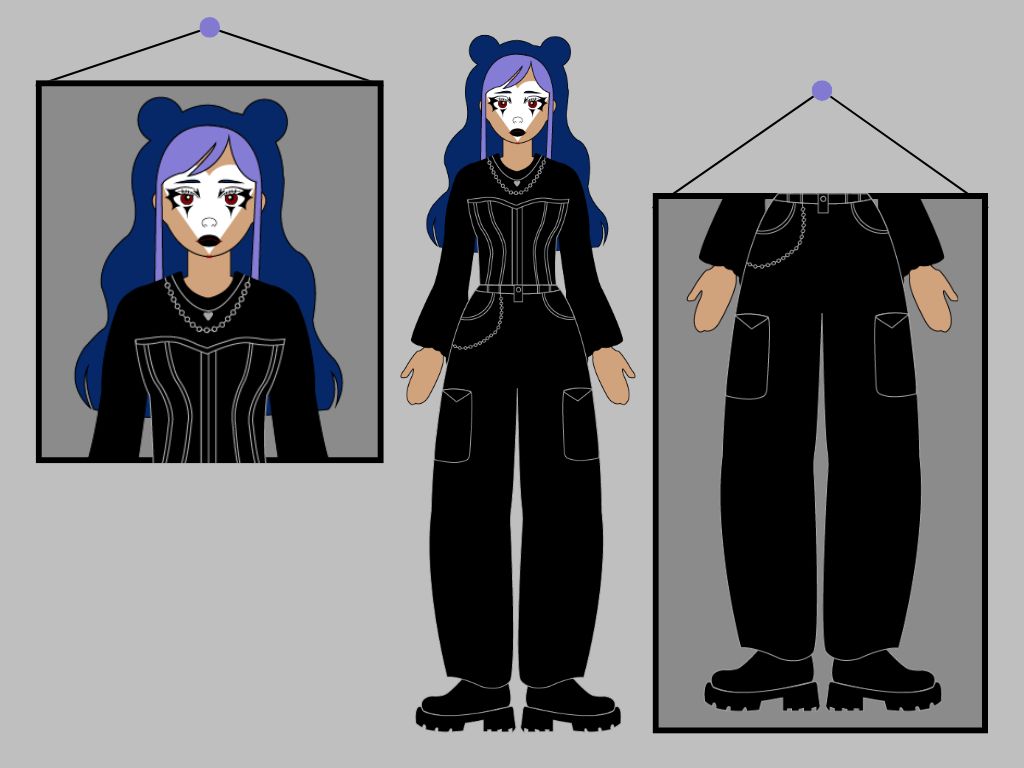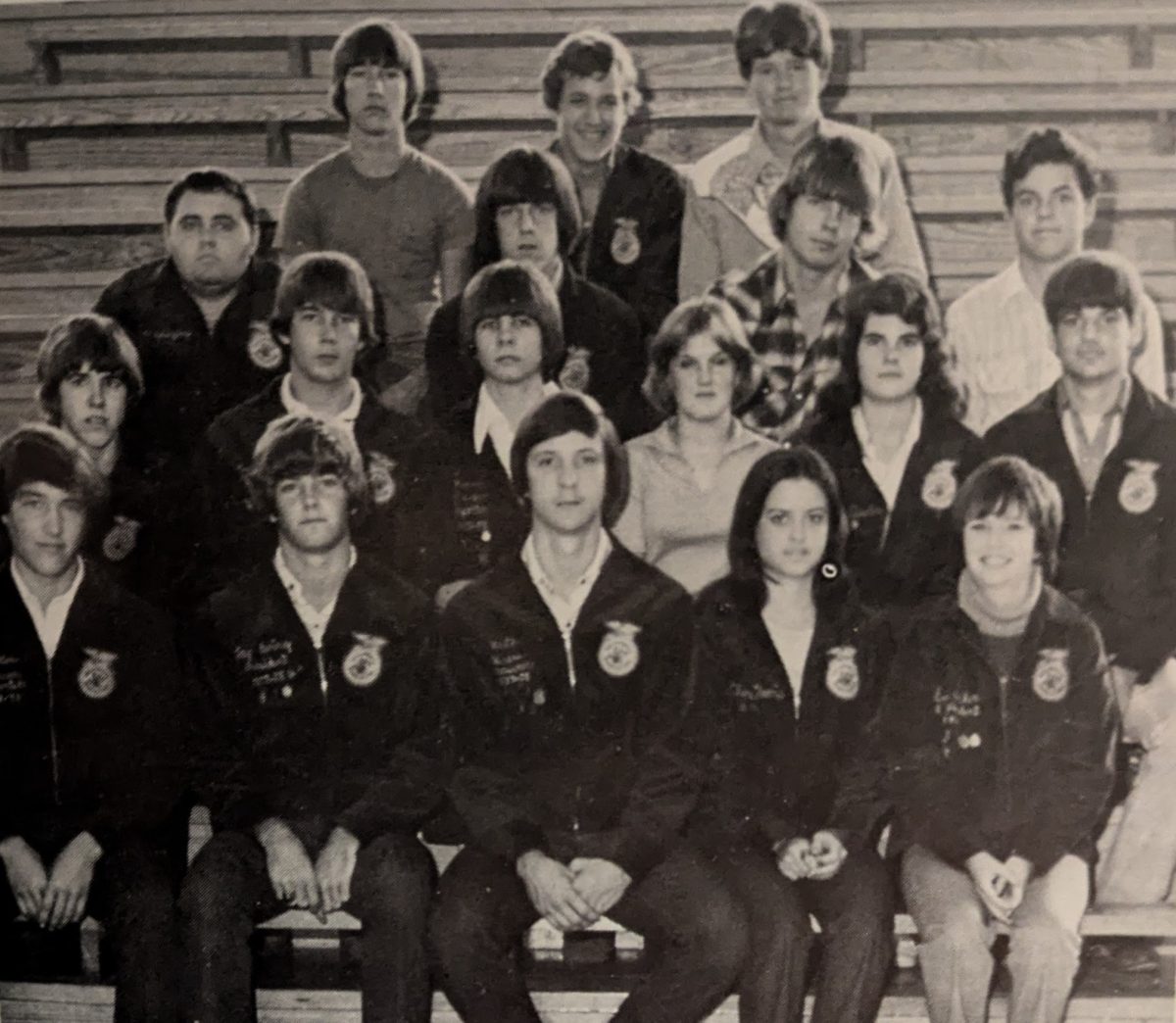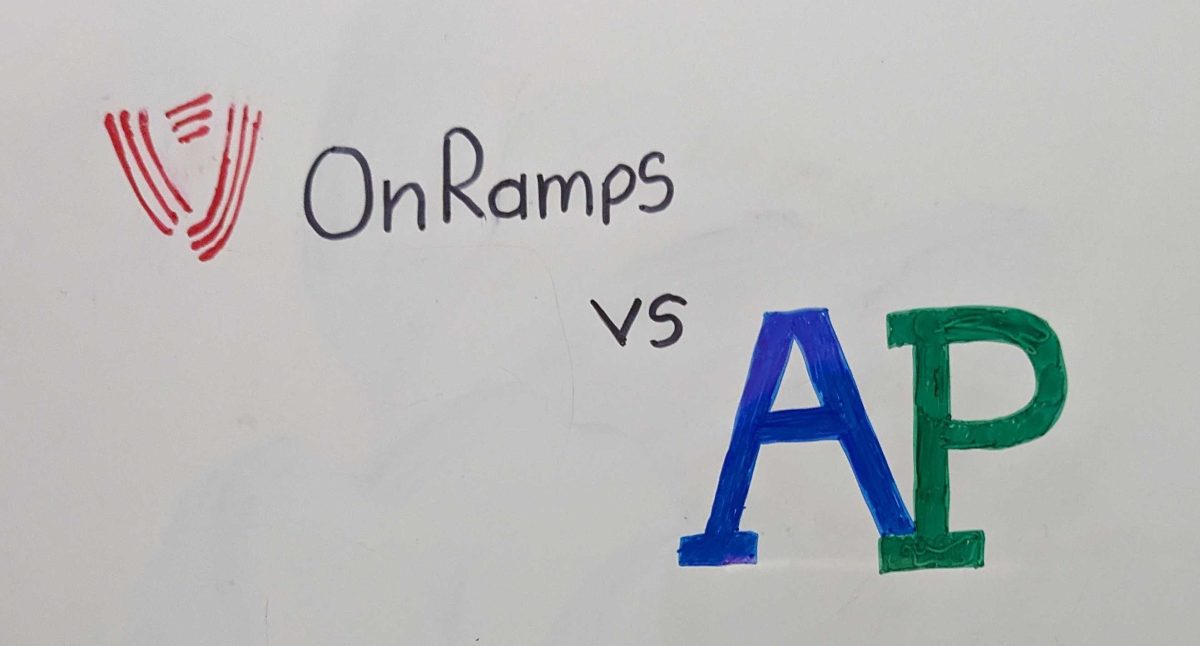Goth fashion is more than just a short-term clothing trend—it’s a powerful statement of individuality and rebellion with a rich history rooted in alternative subcultures and artistic movements. From it’s start in the late 1970s and early 1980s, goth fashion has consistently served as a platform for self-expression where dark aesthetics and vintage styles take center stage.
Its rise in popularity is deeply intertwined with the rise of punk music and culture in the ‘70s. Then, as the punk movement began to wane in the early ’80s, a new subculture emerged, with bands like Siouxsie and the Banshees, Joy Division and The Cure bringing an atmospheric, haunting quality to the post-punk landscape. Their music laid the groundwork for the goth aesthetic, by emphasizing the appeal of dark clothing and dramatic makeup, as well as the fascination with horror-inspired imagery.
Goth fashion primarily draws from Victorian, medieval, and romantic aesthetics. Some key elements include dark-colored—often black—clothing, lace, velvet, leather and fishnet materials. Makeup often also plays a crucial role, with dramatic eye makeup, pale skin, and dark lipstick being essential in the routine. Accessories, such as silver jewelry, studded belts, chains and corsets, are also prominent. When it comes to shoes, the typical style is dark platforms, chunky boots, pointy flats or combat boots. This fashion style reflects both a rejection of mainstream trends and an embrace of a melancholic, almost theatrical way of living.
While musicians and their fans largely defined the early goth style, the fashion quickly crossed over into other aspects of society. Iconic goth figures like Siouxsie Sioux, Robert Smith, and others began to influence mainstream fashion, with some fashion designers such as Jean-Paul Gaultier and Alexander McQueen starting to draw from goth’s dark elegance.
After a wider acceptance of goth fashion in the 90s, characters like Morticia Addams, Marceline and Lydia Deetz were created in mainstream media to represent the outsider perspective and to explore themes of darkness and mystery. As the goth aesthetic has become more normalized, it has been considered a staple of fashion archetypes.
Goth fashion is more than just a look; it’s a reflection of the community’s values. For many, the goth represents a safe space to explore dark emotions, challenge societal norms and reject mainstream culture. The goth community prides itself on inclusivity, offering an alternative space for those who may not fit into conventional molds of beauty or lifestyle.
Though goth fashion’s most visible moment was in the 1980s and 1990s, its legacy is apparent in the present. Today, the goth aesthetic influences everything from street style to runway fashion designers merging dark romanticism with contemporary sensibilities. The resurgence of interest in alternative fashion on social media platforms like Instagram and TikTok has also introduced goth aesthetics to the newer generations, ensuring that its influence will continue to shape the history of fashion for years to come.
Even as goth fashion evolves, its core principles of individuality, rebellion, and a celebration of the darker, more enigmatic side of life have remained the same.








